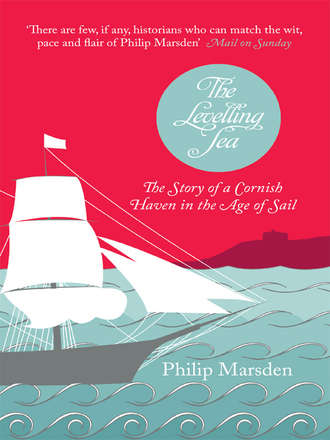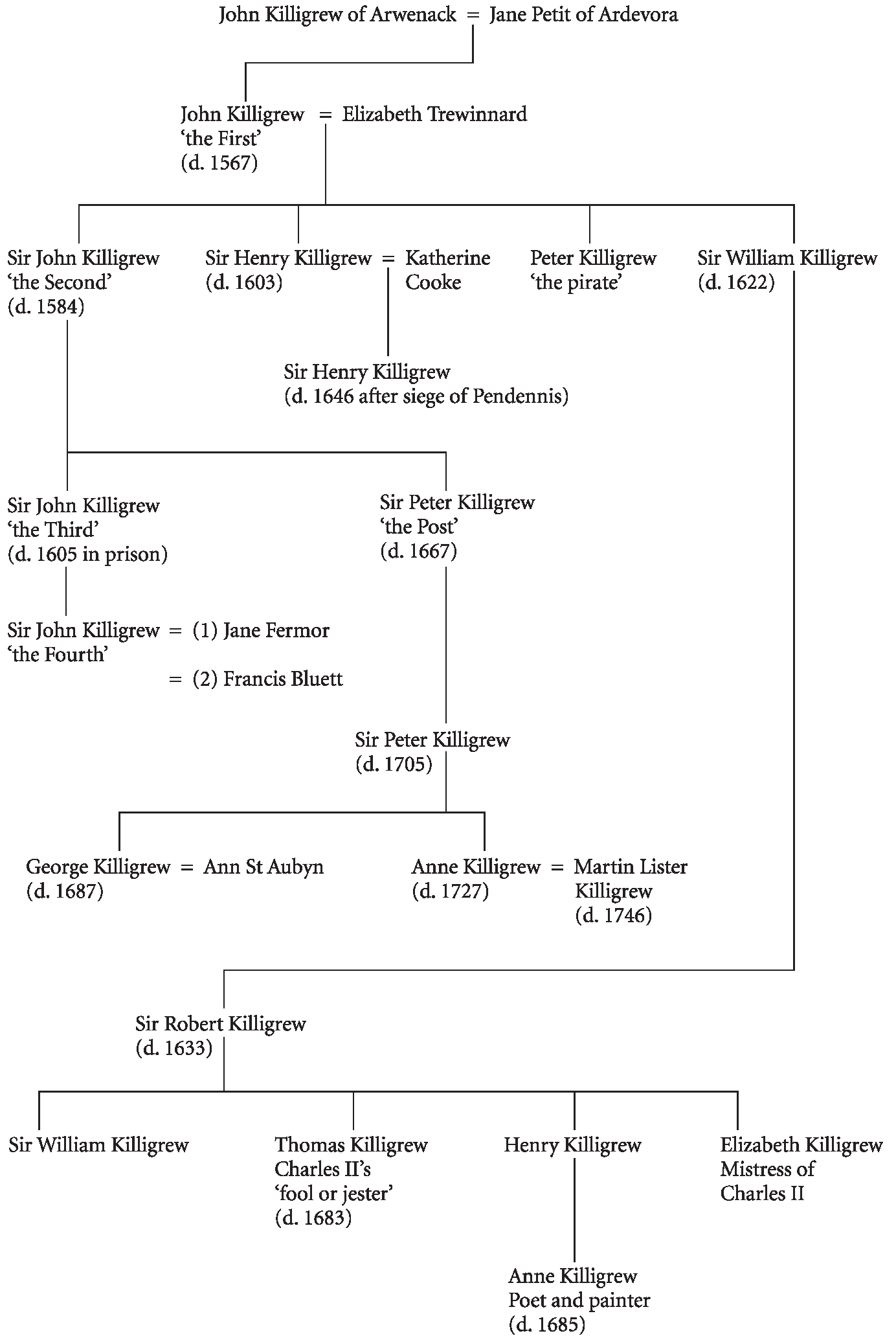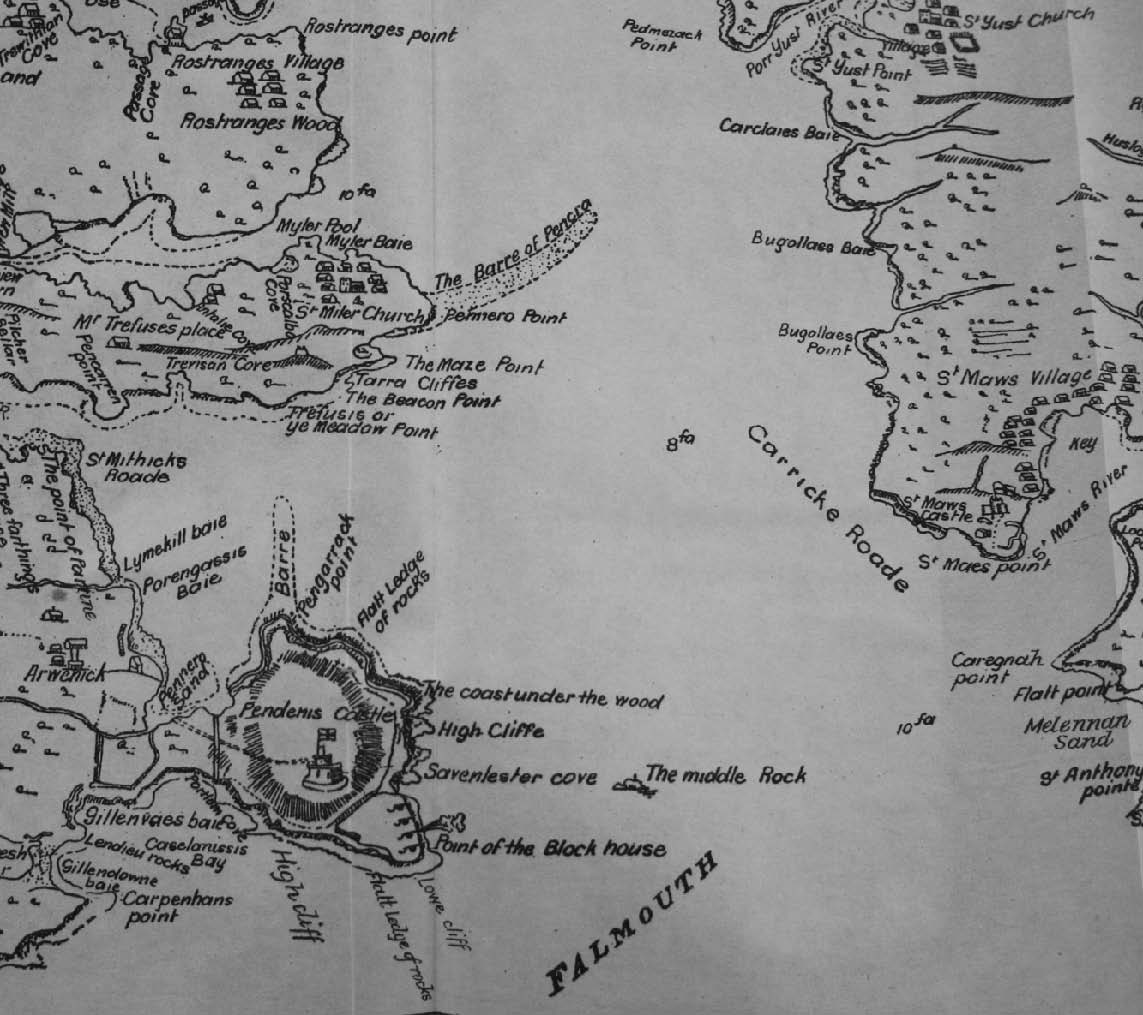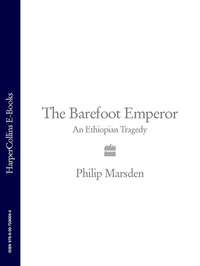
Полная версия
The Levelling Sea: The Story of a Cornish Haven in the Age of Sail
Such animism has always been a part of seafaring. So much is unknown, so much goes on unseen beneath the surface, and such are the uncertainties and risks of being on the water that pure reason rarely survives very far from the shore. A certain imitative instinct is in the name of the high-bowed West Country boat, the balinger (balaena – Latin for ‘whale’). Likewise, the forces of the sea should be absorbed rather than resisted. It was believed that a ship that flexed with the water was a good one, and there were instances of pirates who removed some of the ship’s frames to make it even more flexible. Whatever the exact thinking behind Baker’s cod, it represented an alternative to building ships like castles, a recognition that the best way to prosper away from land was not by transposing terrestrial forms but by realising that the sea operates by its own set of rules.
In 1588, when Elizabeth’s fleet (made up in large part of privately owned craft) at last engaged with the Spanish Armada, observers said that the English ships could tack six times to the Spanish galleons’ one. The clash was one of diverging maritime cultures, the apostate newcomer against the lords of the old order, the English in their nimble, cod-bellied ships manned by freebooting mariners, against the great floating fortresses of papal Spain.
More than a generation later, Thomas Fuller wrote about the verbal sparring of William Shakespeare and Ben Jonson. The skit gives a sense of how much ship design had entered the thinking of the age:
Many were the wit-combats between [Shakespeare] and Ben Jonson: which two I behold like a Spanish great galleon and an English man-of-war. Mister Jonson like the former, was built far higher in learning; solid, but slow in his performances. Shakespeare with the English man-of-war, lesser in bulk but lighter in sailing, could turn with all tides, tack about and take advantage of all winds, by the quickness of his wit and invention.
During the late 1560s and the 1570s, when Matthew Baker was at work, something of a watery revolution was taking place. Until then, English mariners had lagged far behind their European counterparts. They were coast-bound, ill-equipped, ignorant and unambitious. The Navy consisted of no more than a couple of dozen serviceable ships. Navigation charts were imported from Lisbon. In 1568, months after the completion of Arwenack Manor, it was said that only one Englishman was capable of sailing a ship to the West Indies without a foreign pilot. Yet within ten years Francis Drake was sailing around the globe. Another decade on, the Venetian ambassador to France wrote that the English were, ‘above all Western nations, expert and active in all naval operations, and great sea dogs’.
Like all such revolutions, this one was a result of the coincidence of means and motivation. As ships became more efficient and more affordable, so there was a rush to use them, not only for plunder in the Channel, but for more distant ventures. Riches were one incentive; the glittering promise of El Dorado, the bullion-filled holds of the Spanish Flota or the route to Cathay drove many an oceanic crossing. But there were others, equally persuasive: patriotism, curiosity and sheer restlessness.
The work of Richard Hakluyt reveals the questing spirit of the times. So shamed was he by the French view of the stay-at-home English and their ‘sluggish security’ that he began to collate records of English overseas adventures. Hakluyt’s own epiphany took place right at the beginning of this period, in the late 1560s, with a visit to his cousin’s office in the Middle Temple. Lying open on the table were an atlas and several books of cosmography. As he watched, his cousin took up a staff and guided the young Richard through the atlas, pointing ‘to all the knowen Seas, Gulfs, Bayes, Straights, Capes, Rivers, Empires, Kingdomes, Dukedomes and Territories’. With each wand-struck feature, each tapped length of coastline, each sweep of open ocean, Hakluyt grew more excited. His cousin then reached for the Bible, flicking through its pages to the oft-quoted verses 23 and 24 in Psalm 107: ‘They that go downe to the sea in ships, and occupy by the great waters, see the works of the Lord, and his wonders in the deep …’
Hakluyt did not go to sea himself but spent the rest of his life gathering accounts of those who had. The Principal Navigations, Voyages and Discoveries of the English Nation was published some years after the Middle Temple meeting, and opens with an account of King Arthur (taken from the pseudo-Zeni document): ‘This kingdom was too little for him, and his mind was not contented with it. He therefore valiantly subdued Scandinavia.’ There then follows a long list of all the other territories that Arthur valiantly subdued.
After the first volume, Hakluyt added another two, and a further million words of stirring quests and sea battles. By the time of his death, ten more volumes had been produced while his unpublished papers were edited and added to by Samuel Purchas in twenty further volumes. Since 1846, the Hakluyt Society has published two volumes of voyages every year. It would be impossible to assess the legacy of that encounter in the Middle Temple during the reign of Elizabeth I – the contagion that spread from it through English literature, or the number of sea-miles it generated, or the fortunes it helped create – but it is easy to measure it on library shelves.
As Hakluyt began his great page-odyssey, prodding less book-bound souls than himself into roaming the world, advances in scientific literature helped them on their way. In 1570 the first English translation of Euclid was published. ‘No other work in the English tongue,’ wrote the historian of Tudor science D.W. Waters, ‘has been so influential in stimulating the growth in England of the arts of mathematics, navigation, and hydrography.’ Perhaps even more important at the time than Euclid’s text was the introduction to it written by John Dee, Elizabeth I’s favourite philosopher and astrologer.
Dee’s introduction applies Euclidian method to seamanship. He provides the first English definition of navigation, stressing the range of sciences it relies on – ‘hydrographie, astronomie, astrologie and horometrie’ – as well as the basics of arithmetic and geometry. At the time the word ‘navigation’ referred to all aspects of seamanship and Dee could not restrain himself from presenting maritime skills not just as a practical discipline but as some sort of transcendent communion. Be attentive, he urged ships’ masters, be attuned to all things, for in their changes lie both threats and opportunities. If signs were noted ‘of Moon, Sterres, Water, Ayre, Fire, Wood, Stones, Birdes, and Beastes, and of many thynges els, a certain Sympatheticall forewarning may be had’. Such attentiveness, he added, could lead to ‘pleasure and profit’.
His essay emboldened a generation of seafarers, particularly those in the West Country, for whom patriotism, adventure and greed were beginning to coalesce in maritime enterprise. Going to sea, reaping its rewards (by any means), was both the right and the destiny of the English people. ‘What privilege,’ wrote Dee, ‘God had endued this Iland with, by reason of situation, most commodious for Navigation, to Places most Famous and Riche.’ Dee was much taken with rebuilding an English mythology, and like Hakluyt was drawn to the Arthurian cycles (he called his own son Arthur). He, too, celebrated the far and ancient wanderings of the English, quoting Geoffrey of Monmouth as well his own collection of esoteric texts. Such was the importance of his task for the nation that it was sometimes necessary for Dee to embellish them with his own inventions. It was Dee who first coined the term ‘British Impire’ in his 1577 book General and Rare Memorial Pertaining to the Perfect Art of Navigation, and a few years later, Burghley and Queen Elizabeth were presented with Dee’s two voluminous rolls explaining the English queen’s extensive rights to the world’s territories.
The 1570s also saw great advances in cosmology, adding to expanding perceptions and the range of geometrical techniques. In 1576, John Dee’s pupil Thomas Digges published Pantometria, the ground-breaking work of his father, Leonard. At the same time, Thomas Digges was the first advocate in England of Copernicus’s strange idea that the Earth revolved round the Sun. Thomas Digges even extended the Copernican vision: the stars you see at night, he suggested, are just a fraction of them all, running off from our sight in numbers unimaginable, into eternity. Awareness of a tiny Earth in a celestial infinity found an equivalent in the sense of a rapidly expanding terrestrial world. Closer to home, Digges applied his science to harbour engineering and an overhaul of the art of navigation using mathematical methods. Unlike Hakluyt and Dee, Digges validated his theories – for himself, and in the eyes of mariners – by testing them during a fifteen-week stint at sea.
CHAPTER 6
In Cornwall, the Killigrews were perfectly placed to take advantage of the new age – Protestant, proficient at sea and in control of one of the best anchorages in the country. Emphasis had shifted away from the east coast, away from the Narrow Seas towards the Western Approaches, the Atlantic and the adventure of the New World. Plymouth was already the springboard both for Crown-sponsored missions and for fleets defending the Channel; Drake, Hawkins, Raleigh and Grenville had all sailed from Plymouth on their heroic voyages.
In many ways Falmouth had even greater natural advantages than its rival up the coast. Comparing the two havens, Richard Carew found much to favour the Cornish one. Falmouth ‘lieth farther out in the trade way, and so offereth a sooner opportunity to wind-driven shipping than Plymouth’. Where Plymouth had ‘fairer towns’, Falmouth had the great asset of secrecy – ‘a hundred sail may anchor within his circuit, and no one of them see the other’s top, which Plymouth cannot equal’. Whichever is the better, he concluded, they each have ‘precedence over all other havens in England’.
Heir to the harbour’s entrance, during these heady years of maritime progress, was the second John Killigrew. Succeeding from his father in 1567, he inherited not only the just-rebuilt Arwenack but a lucrative scroll of freeholds from the Lizard to Penryn, fee simple farms as far afield as Penwith – and the captaincy of Pendennis Castle. He became the local Commissioner of Musters. He was twice returned as MP for Penryn, and along with his two brothers at court – William and little limping Henry – was a member of the crucial Parliament which rid Queen Elizabeth of her Catholic plotters and led to the execution of the Duke of Norfolk. Once imprisoned with his father under Queen Mary, twenty years later – in 1576 – John Killigrew was knighted.

The Killigrew family.
A year later, the Crown turned to deal with a perennial problem. To help purge the Channel of its growing number of bandits, a Commission for Piracy was established. In London, its receiver of fines was Sir John’s own brother, Henry Killigrew. Among the offenders was another brother, the notorious pirate Peter, forced to part with £25 to make amends for his felonies. In Cornwall, Sir John Killigrew himself – no stranger to the business of piracy – was appointed the Commission’s head.
On paper, Sir John Killigrew was now one of the most powerful men in the West Country, but his name is not among the far-sighted figures of the Elizabethan age. Sir John was a consummate, dyed-in-the-wool rogue. To his father’s bullying, he added profligacy and a taste for southern wines. He established a family trait that would push him further and further from the track of the law – extravagance. Among those he owed money to was the convict Anthony Bourne, holed up in his own Pendennis Castle. When Bourne escaped, Cornwall’s vice-admiral accused Killigrew of complicity. Sir John challenged him to fight; the two men clashed swords at Truro but without resolution. Arbitration found in the vice-admiral’s favour, but Killigrew still refused to pay the £100 fine.
The limitations of Tudor sources, and the reluctance of lawless privateers to commit their adventures to paper, have left little but glimpses of the second John Killigrew and his affairs. (One contemporary described him ‘as proud as Ammon, as covetous as Ahab and as cruel as Nero’.) But from the proceedings of the Privy Council come details of a particular incident.
It was the winter of 1582. A Spanish ship, the Marie, some 140 tons burden, had been struggling down the Channel. Days of gales had left her rigging badly damaged. Rather than tack south into the weather, towards her home port of San Sebastian, the Marie did what any stricken ship would have done: sought shelter in Falmouth. She bore away to the north, loosening sheets for St Anthony’s Head, past Pendennis Castle and Black Rock, and into the flat waters of the Penryn river. There her master commissioned repairs.
On shore, the people of Penryn watched the Marie. They watched the pinnaces come and go and in the evening they watched her crew at the inn of Ambrose Cox. The days passed. The gales fell away and the swells flattened; the waters of the Carrick Roads became glassy. Now the Marie could not leave for want of wind and so she sat there still, her masts restepped, her new sails bent, while her anchor chain dropped vertically into the flat winter water.
At Arwenack, Sir John Killigrew, too, had been watching the Marie. Together with his wife and a number of his men, he put together a plan. Having set it in motion, Sir John – Cornwall’s Crown Commissioner for Piracy – saddled his horse and rode far away from any taint of involvement. At nine in the evening, a couple of Killigrew’s men appeared at Cox’s inn and told the Spaniards: there is illness on the Marie, you must board at once. Bess Moore agreed to tell anyone who might ask that two more of Killigrew’s servants, Kendall and Hawkins, were with her that evening and tarried until midnight while one had his shirt dried.
In fact they and the others hurried out to Arwenack, launched Killigrew’s pinnace, and rowed across the moonlit water to the Marie. Among the Marie’s crew were two Flemings who had secretly agreed to hide the ship’s weapons. The boarding party had little difficulty in tying up the Spaniards. Inspection of the holds, though, proved a disappointment – all they found was holland cloth and some nice leather chairs. They would have to rely on the ship itself for a return; they set sail for Ireland and, as the Privy Council was later told, ‘most of the men cast overboarde’.
When a London merchant, with a venture of his own aboard the Marie, called for an investigation, the Commissioner for Piracy in Cornwall strangely failed to muster any evidence. But in this case the Privy Council made one or two of their own inquiries and managed to breach the local cordon of alliance and alibi. Soon Killigrew himself was being sought as a suspect. He fled Arwenack. He travelled to London ‘where he secretlie lurked in some place’. When he was discovered, he was held at Greenwich, bound before the Earl of Bedford for sureties of £1,000.
The case against Sir John Killigrew for the ransacking of the Marie was still outstanding when he died a year or so later, in 1584. In seventeen years as master of Arwenack, Sir John had managed to outdo his father in extravagance, the wanton exploitation of official appointments, and impunity. Now with Europe slipping into war, the Channel becoming ever more dangerous, the next John Killigrew sailed back to Cornwall, leaving behind the court of Elizabeth where he had been living under the wing of his uncle Henry. He promised not merely to ‘make large satisfaction for his father’s faults’, but to correct the wrongs of all his other freebooting uncles. He pledged to honour Her Majesty by doing everything in his power to protect, during these dark days, the strategic part of her realm that was his charge. He took over Arwenack Manor and the governorship of Pendennis Castle, and in due course, was elevated to the position of vice-admiral of Cornwall.
But the third John Killigrew, according to a later charge-sheet, ‘kept not within the compass of any law, as his father now and then, from fear of punishment, did’. To try to stem his growing debts, he sold off land, parts of Penryn and farms in the hundreds of Penwith and Kerrier. He managed, though, to cling to his house at Arwenack and also the wooded-off creeks of the Helford river where the plunder-mart provided income. Looted ships slipped with ease in and out of the river, swelling his shoreside cellars with cloth and metal and wines. He had his supporters in the surrounding area, those with little regard for the English state, who decorated their houses and their person with the pickings of pirated cargoes. The clamour of creditors and writs did not stop Killigrew filling the banqueting hall at Arwenack with a host of high-living merchants and privateers. He lived a life of risk and sudden reward, of brazen ship-ventures, and in the interludes between them recreated their spirit at his own gaming table. Of all the Killigrews, the third John Killigrew of Arwenack was by far the most dissolute.
The Privy Council became used to petitions for his debts. They summoned him frequently from Cornwall, but he never appeared. In 1588 they received a complaint from a Danish merchant: Killigrew had ransacked his ship. The Council was furious, not least to learn that he was still at large: ‘for as much as divers messingers have been sent for the said Killegrew … he goeth up and down the countrey accompanied with divers and lewde and disordered persons for his gard, armed with unlawfull weapons’.
All available force should be used, they urged, to apprehend him, even if he was in the keep of Pendennis Castle. Only the following year, still uncaptured, was he deemed not a ‘fytt man to beare anie office of authoritie’. He was removed as vice-admiral (yet remained governor of Pendennis). A few months later, the Privy Council went further. They requested a writ of rebellion to be raised against Killigrew.
But he survived. His case was swamped by the great tide of Spanish-invasion fear. And within a few years, with a common enemy, he was trumpeting his loyalty. He asked the Council for money to fortify Pendennis: £1,400 or £1,500, he wrote, should cover it. He himself would provide for half the garrison. There was no response. He wrote again: he understood, of course, that with his record, they might have reservations about giving him money, but the Council may award it through a third party. Still nothing.
In 1595 a force of a couple of hundred Spanish landed near Penzance and burned the villages of Mousehole and Paul. They were driven back, but the people of Cornwall remained terrified of the next attempt. John Killigrew’s pleas became more shrill. He urged Hannibal Vyvyan, governor of St Mawes Castle, to try to convince the Council on his behalf. Vyvyan excelled. Killigrew, he explained to the authorities, had diligently repaired the castle when required and ‘used her majesties money (yea rather more) for mounting of his great ordnance’. (A lie – the courses of Pendennis Castle were sprouting with fern and only one gun in the entire castle was serviceable.)
The following month, Killigrew himself wrote, saying he was ready to sacrifice his own life and those of his men to protect the castle: ‘better 1000 as good as myselfe should loose theire lives, rather than the enemy should possese the place’. The threat, he pleaded, was becoming ever more urgent, and in this he was perfectly correct.
In Spain, a plan had resurfaced, one that had first been presented by Pedro Menendez de Aviles long before the 1588 Armada. To invade England, it was not necessary to sail up the Channel and risk interception. Instead, a fleet could head straight into Falmouth, take Pendennis Castle and cut its link to the land. Then as many ships as were required could be brought into the Carrick Roads. Sea-surrounded Cornwall would be easy to defend from Crown forces. Ten thousand men could march to Plymouth, and from a western bridgehead, the errant land be rescued from its godless rulers.

From the Boazio map of Falmouth.
In order to illustrate the danger, Killigrew cited a recent incident. A Spanish force had landed at Arwenack at midnight, and laid barrels of gunpowder around the house. Only one charge went off and the raiding party fled, taking a fisherman and a local boy with them back to Spain. The intention, said Killigrew, had been to kidnap his own wife and children. When they reached King Philip the Spanish detail tried to cover their failure by dressing the boy up in fine clothes and telling the King that they ‘burnt Mr Kyllegrews house to the grounde being the finest house of one of the finest cavaliers in all the weste partes’. Pointing to the boy, they told Philip that he was a younger son of Killigrew. King Philip made him the page of his own younger son, and rewarded the captain with a gold chain of 200 ducats and an annual pension. The fisherman returned, reporting the intention of more raids.
But there was a much easier way for the Spanish to secure Pendennis Castle. It was common knowledge in coastal ports, ‘table talk’. A Spanish prisoner, captured at Calais, confessed that he had been ‘feasted, entertained and lodged’ at Arwenack. He was then secretly sent to Spain with an offer from the Englishman Killigrew: when he saw the approach of Spanish ships, he would hand the castle to them without a fight.
On 8 October 1597 another Spanish Armada left La Coruña for Falmouth. There was, this time, no fleet to stop them. The English fighting ships, under Essex, were far to the south, in the Azores. One hundred and thirty Spanish vessels pushed north across the Bay of Biscay. On board were crammed 10,000 troops, along with chests of booty to establish themselves in Falmouth and the West Country. On the great St Bartholomew alone were 100,000 ducats and sheaves of printed posters proclaiming in English: Peace and immunity for all who turn Catholic! Devastation to apostates! The country lay like a ripe fruit before them. But twenty leagues short of the Isles of Scilly, the winds veered and strengthened, coming out of the worst and also the rarest direction, east-north-east. The fleet was scattered and the St Bartholomew lost with all its treasure.
Once it became known that the Adelantado’s plan was to capture Pendennis and the Fal, Killigrew’s pleas were answered. A high-ranking delegation was sent to Pendennis to survey its defences. It included Sir Walter Raleigh and Sir Ferdinando Gorges. They were horrified by what they found. ‘It is now,’ spluttered Raleigh as he inspected the headland, ‘the most dangerous place that I ever saw and the worst provided for.’ Only a few months separated the realm from disaster – with better weather in the coming spring, the Spanish would try again. Hundreds were drafted to dig earthworks and erect around the headland a series of 200 wooden perches. As the men trenched the slopes of Pendennis Point, and the order went through to the foundries for more guns, so in Castile, Philip II lay dying. Thoughts of invading England receded. As for John Killigrew, he was summoned to London when the true state of Pendennis was revealed. He was thrown into a cell in the Gatehouse at Westminster.
For England, the Elizabethan era had been shaped by the sea, with its bounty, its threats and its natural cordon. It had also shaped the fortunes of the Killigrews. Just over fifty years earlier, they had been minor gentry, living in a modest house in a far-off province. Within decades, they had land and money, command of a castle, family members in Parliament and among the Queen’s ministers, and the highest offices locally. Now there was nothing to show for it. The line between villainy and heroism in Elizabethan England was always a fine one. Perhaps it was their own fault that the Killigrews found themselves on the wrong side of it, unable to resist the temptations that the sea offered them. Or maybe it was just bad luck.






